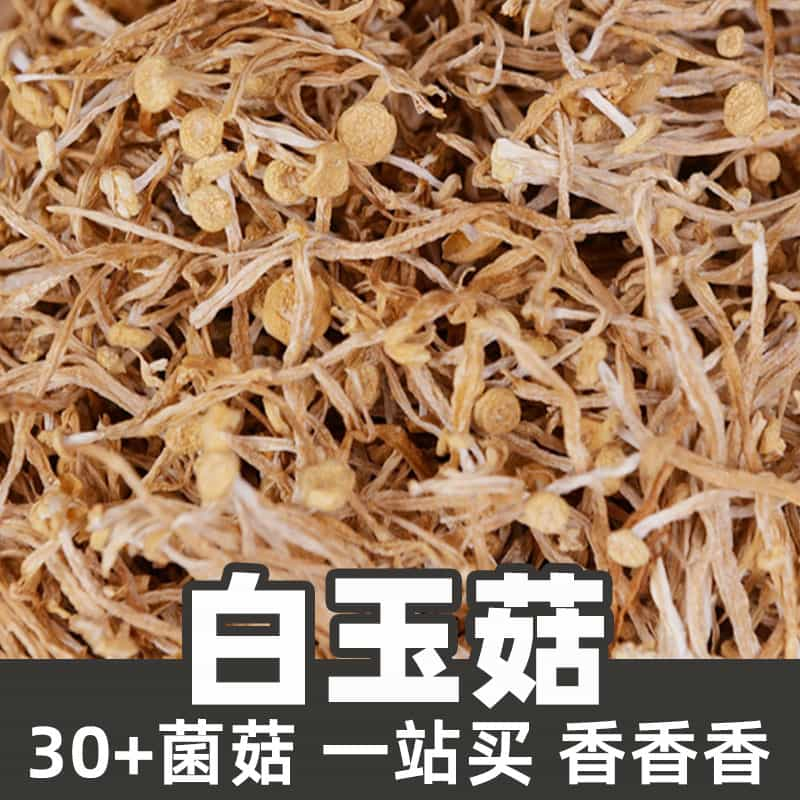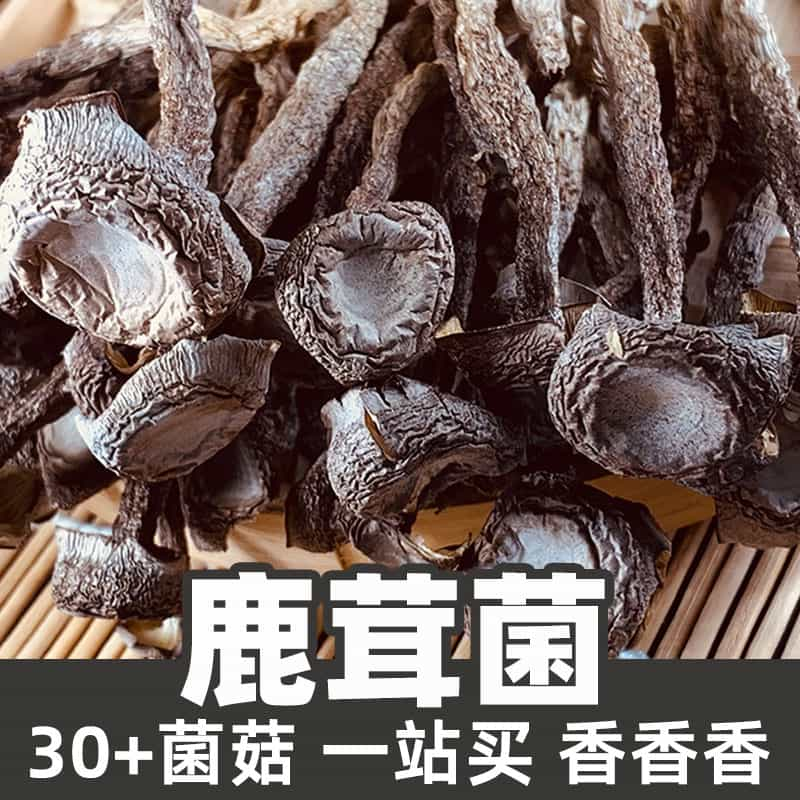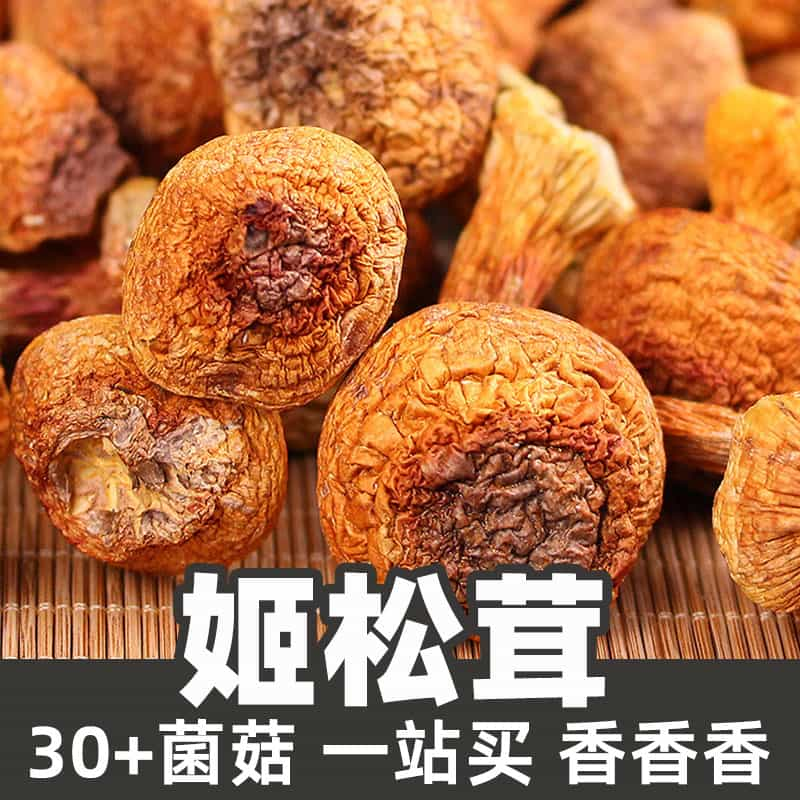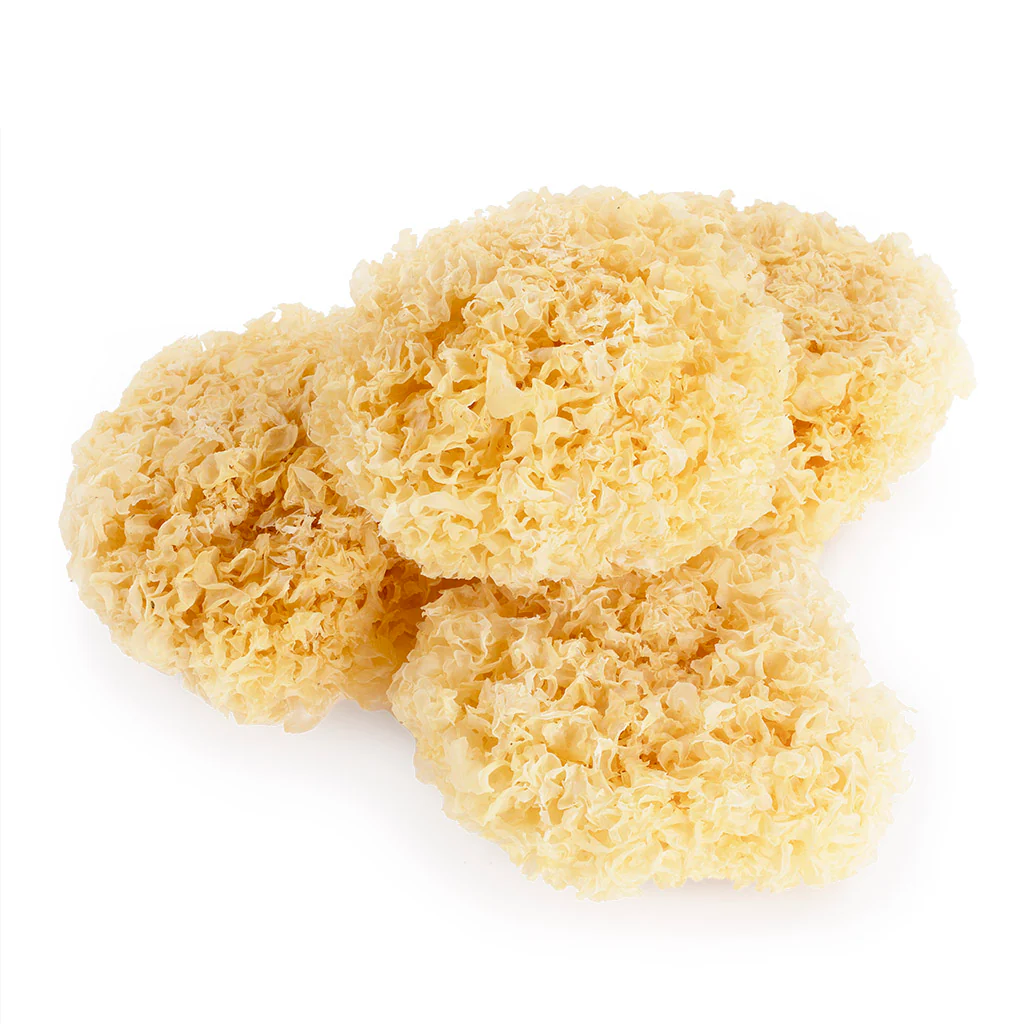Termite mushrooms, known scientifically as Termitomyces, form a fascinating and crucial relationship with termite colonies. This fungal species thrives in association with specific termites, primarily in tropical and subtropical environments. The mushrooms grow in mounds or near termite nests, emitting a unique odor that attracts the insects, which play a vital role in their lifecycle. The mushroom's growth is primarily seasonal and is synchronous with the reproductive activities of the termites. Their flavor is often described as nutty, making them a popular choice in various cuisines, particularly in African and Asian dishes, where they are valued for their rich taste and health benefits.
Termite mushrooms have gained attention for their nutritional value, containing a rich array of dietary components such as proteins, vitamins, and minerals, alongside several bioactive compounds known for their potential health benefits. They have been used in traditional medicine for their anti-inflammatory and antioxidant properties. The unique synergy between termites and fungi not only supports ecological diversity but also provides a sustainable food source that highlights the importance of mutualistic relationships in nature.
The preparation of termite mushrooms is often seen in gourmet recipes, where they are sautéed, used as a filling, or incorporated into soups and stews. Their nutritional aspects have further propelled interest in their use as dietary supplements and functional foods.
The nutritional composition of termite mushrooms is noteworthy. They are rich in proteins, containing essential amino acids that contribute to muscle repair and growth. The polysaccharides present in these mushrooms can enhance gut health and boost the immune system. Additionally, they contain various vitamins, including B vitamins such as riboflavin and niacin, which are crucial for energy metabolism. The presence of minerals like potassium, phosphorus, and calcium adds to their nutritional profile, making them a valuable food source in regions where they are commonly harvested and consumed.
The bioactive compounds such as flavonoids and phenolic compounds found in termite mushrooms exhibit antioxidant properties, which can help combat oxidative stress in the body. Some studies suggest that these mushrooms may possess antimicrobial properties and could be beneficial in managing certain health conditions, though further research is necessary to fully understand their potential health benefits.
Termite mushrooms are commonly used in various culinary applications, especially in regions where they are native. They are often harvested and consumed fresh, dried, or processed into powders and extracts. In traditional medicine, they have been used to reduce inflammation and support immunity. Their unique flavor makes them valuable in various dishes, and they can be found in soups, risottos, and stir-fries. Beyond culinary uses, termite mushrooms are being explored in functional food products and dietary supplements because of their nutritional content and potential health benefits.
In natural environments, termite mushrooms flourish in humid, warm climates where appropriate termite species exist. They are frequently found in tropical rainforests, savannas, and areas with abundant decaying organic material, which supports their growth and the development of their symbiotic relationship with termites. The combination of soil nutrients and the decaying process of wood material creates a suitable habitat for both the fungi and the termites they rely on.
The geographic distribution of termite mushrooms is closely aligned with the habitats of their termite partners. Primarily, they are found in Africa, Southeast Asia, and parts of South America, where the conditions favor their growth. The presence of specific termite species like Macrotermes is essential for the proliferation of these mushrooms, as they rely on the nutrient-rich dung produced by these insects which supports their growth.
Harvesting termite mushrooms requires local knowledge and is typically performed during their fruiting season, which follows the rainfall patterns in the environment. Skillful foragers wait for the specific signals indicating when these mushrooms are ready, often observing termite behavior. After harvest, the mushrooms need to be processed quickly to preserve freshness.
Traditionally, these mushrooms are dried for storage, as this method prolongs their shelf life significantly. Once dried, they should be kept in airtight containers away from moisture and light to maintain their flavor and nutritional value. Fresh mushrooms can be refrigerated but should be consumed within a few days to avoid spoilage. This careful approach to harvesting and storing ensures that the unique properties of termite mushrooms are preserved for culinary and medicinal uses.
Monica Sun is a seasoned expert in the natural raw materials industry, with over a decade of experience specializing in traditional Chinese medicinal herbs, spices, and fungi. She is skilled in the sourcing, processing, and application of these materials, emphasizing sustainability and innovation. Monica Sun has contributed to the development of high-quality natural raw materials that serve as essential components in functional foods, pharmaceuticals, and cosmetics, delivering tailored solutions to meet diverse market needs.

















